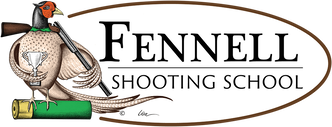First, we can use this time to take care of our equipment requirements. Now most of you are thinking that I’m going to bring up your gun(s). We’ll get to that in a minute, but first I want to talk about your eyes. That is the most important piece of equipment you have. This spring I was talking to our friend Dr Rich Colo, renown sports vision specialist. He said that he estimated the he could help approximately 65% of the competitors at that shoot see better. Think about that…..the guys and gals entered in the US Open are some of the most dedicated, prepared shooters in the sport, and over half of them could see BETTER, if they invested the time and dollars to see the bird better. So, now that your shooting schedule has slowed down a bit, get your eyes checked out. If corrective lenses can help you see better, at all, get corrective lenses. Do it now. This is waaaaay more important that your gun. You want to start this process now, and having lenses made sometimes can take a few weeks. We don’t want to be angsting over a UPS delivery the night before your first big shoot of 2020.
Next, your shotgun. If you have one you love, take care of it. Now is a good time to have a gunsmith go over it after the last season, and get it ‘tuned up’ for the next. Shotguns will work fine for years, but if you want it to last for generations, and probably more pertinent to this discussion, if you want it to remain trouble free, give it some preventative maintenance. Sometimes this takes awhile, so start now. If you are thinking about a new gun, NOW is the time to start shopping and trying stuff out. You don’t want to wait, as you want time to get used to it before next season.
Now, this is something I recommend thinking about in advance, though most won’t. If you are a competitive shooter, you will use quite a few shells during a season. Generally somewhere between 20 and 100 cases of ammo a season. Sometimes many more. Its really not good for your performance to be constantly switching ammo, and worrying every weekend about going to the local big box store to hunt for ammo to use the next day in a shoot. Not to mention, but planning in advance, you can maybe save some $$$ buy purchasing in bulk in advance. FInd ammo that you, and more importantly that your gun, likes. Then, make a plan NOW to start laying in your ammo for the season. Sometimes that means a large bulk purchase for yourself, or splitting up and order with your shooting buddies. Others like to purchase ammo at large retailers…..well, get ahead of the curve and start now. There will be big sales coming up for the holidays, so take advantage of them. Buy ammo and stack it up. It won’t go bad. You’ll be happy when you need ammo during the season when you have a nice supply on hand.
And lastly, don’t completely stop shooting. Don’t lose all the advances you made this year by taking to much time off. Get down to the club occasionally, see your friends and at least shoot a little 5 Stand or a round or two on the course. Keep the rust knocked off...maybe introduce a new shooter or two to the game over the holidays. Just keep your hand in the game. You’ll be glad you did when its time to prepare for the first big shoot of 2020.
Folks, here’s the thing. You worked hard this season, so lets don’t let it go to waste. Stay current….get your blaster out and bust some practice clays. Get your gear together. Set goals and start planning NOW. The ‘next’ season will be here before you know it.
Best,
Will
Fennell Shooting School

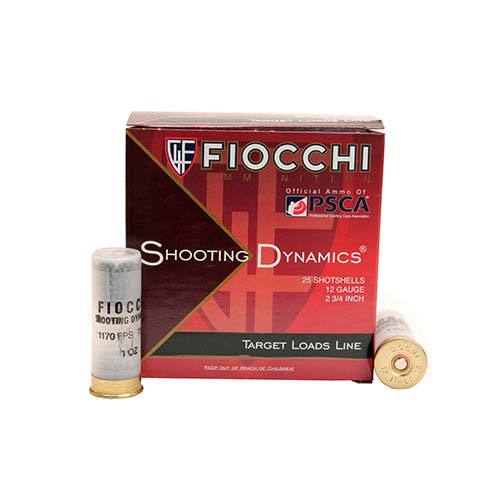
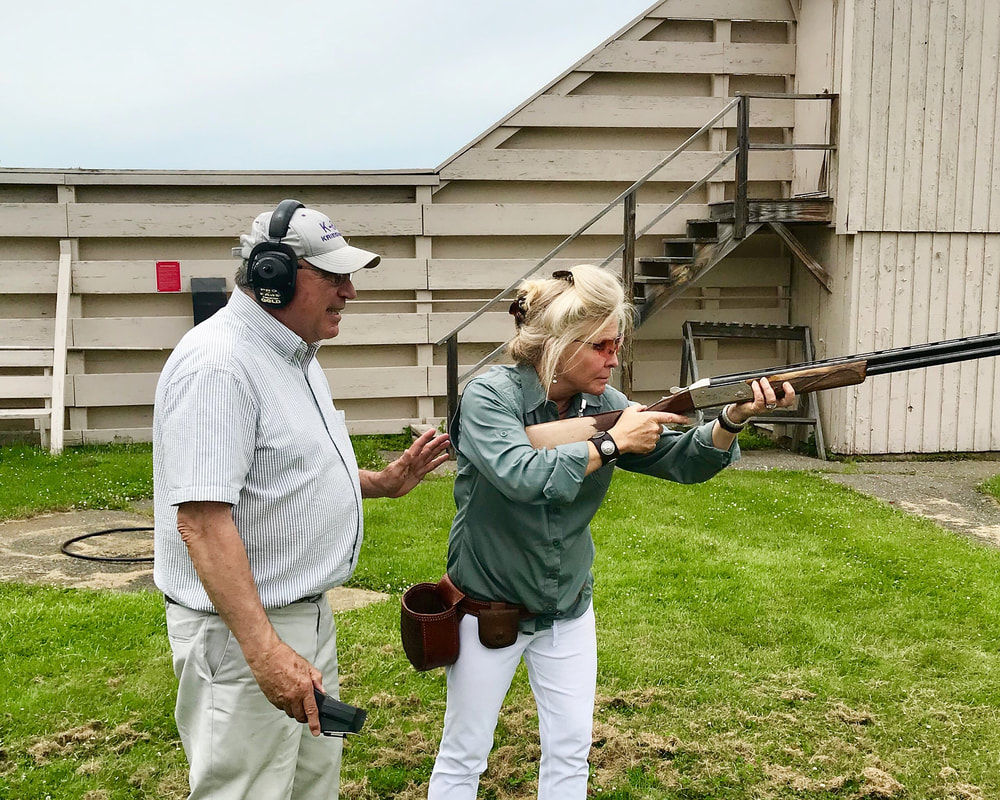
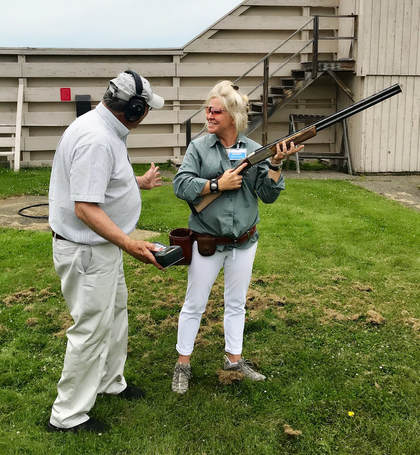
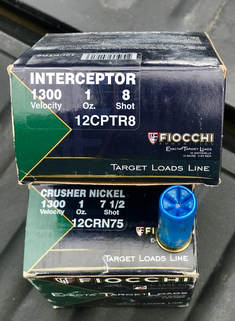
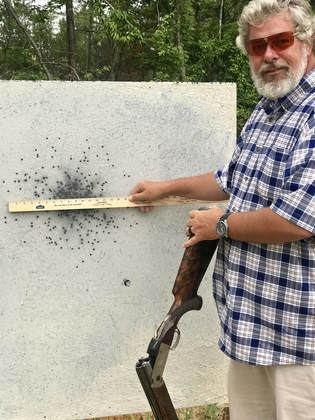
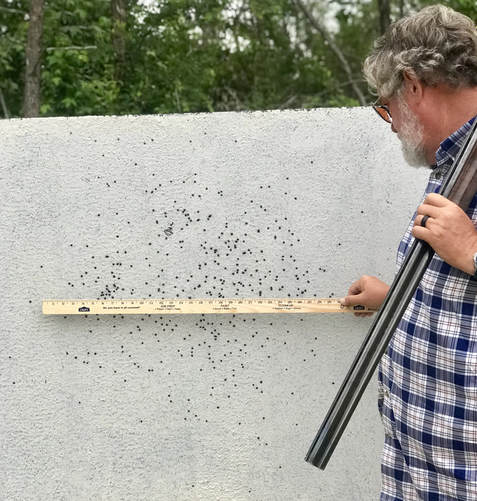
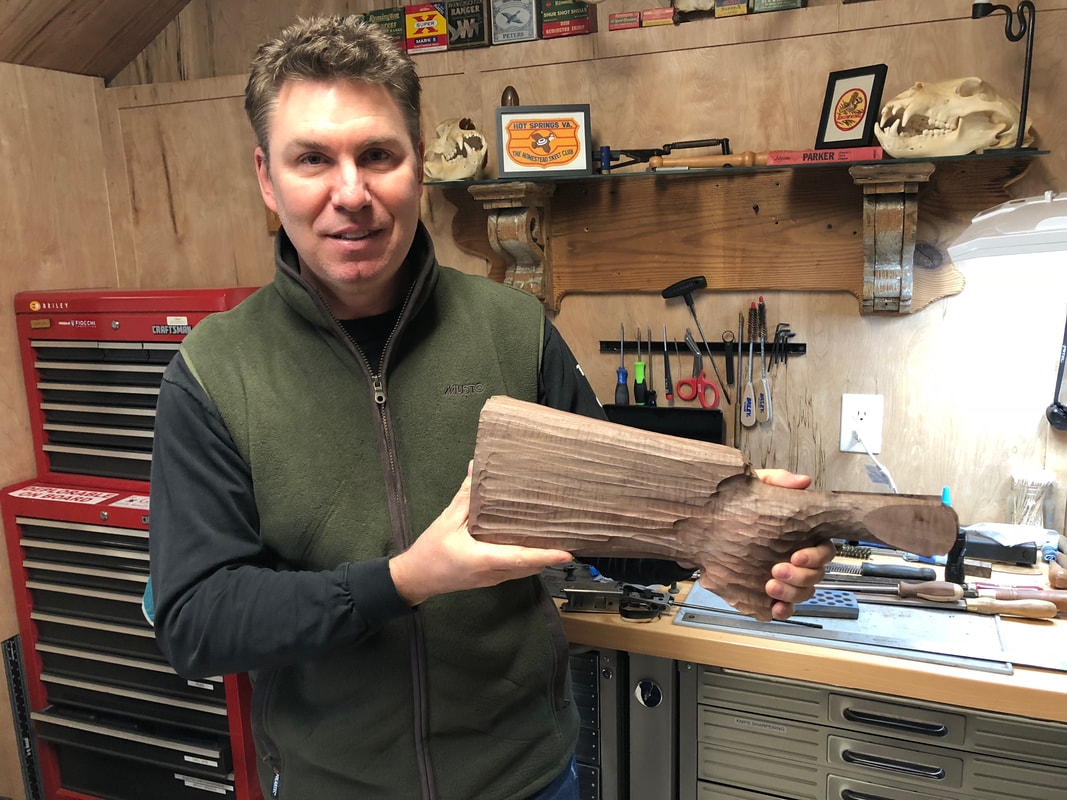
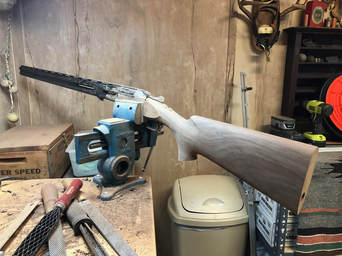
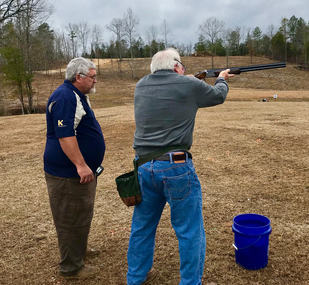
 RSS Feed
RSS Feed
